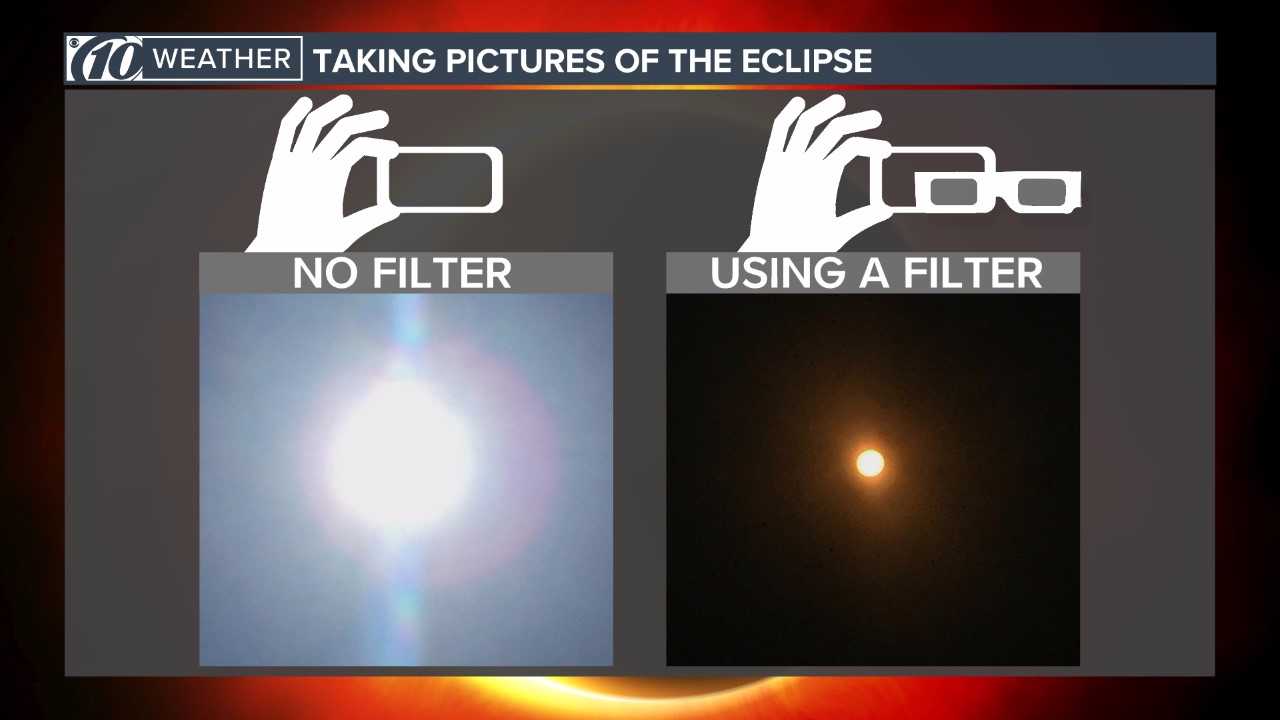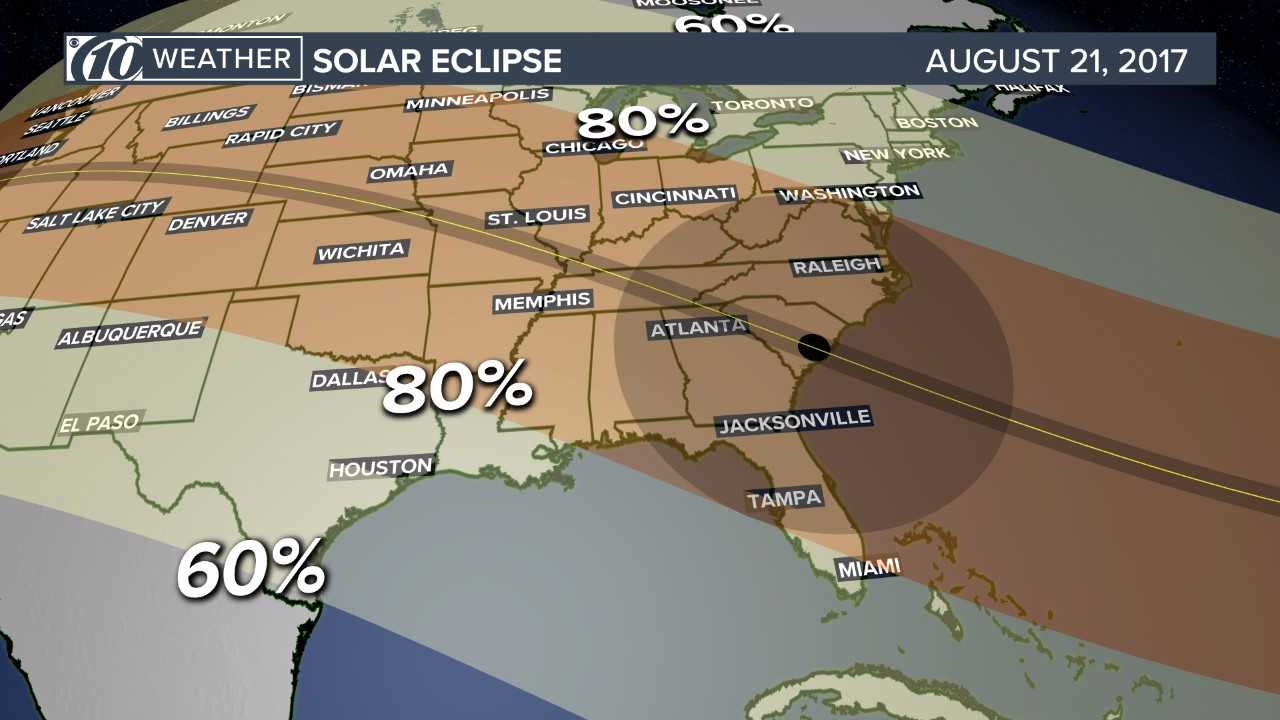Staring directly at the sun, whether during an eclipse or on any other day, poses severe risks to your eyes. Many wonder if observing an eclipse is more hazardous than looking at the sun under normal circumstances. This article provides detailed insights into the phenomenon and addresses all your concerns regarding eye safety during solar eclipses.
Throughout history, solar eclipses have captivated human imagination, evoking a sense of wonder and curiosity. However, these celestial events come with potential risks, particularly to our vision. Gaining a thorough understanding of these risks is essential for safely enjoying the breathtaking beauty of a solar eclipse.
Whether you are an astronomy enthusiast or simply intrigued by the science behind eclipses, this comprehensive guide will provide you with all the information you need to ensure proper eye protection during solar eclipses and emphasize why it matters.
Read also:The Timeless Love Story Of Andre Agassi And Steffi Graf
Comprehending the Dangers of Staring at the Sun
Before delving into the specifics of eclipses, it is crucial to grasp why staring at the sun is perilous. The sun emits intense ultraviolet (UV) radiation, which can cause significant damage to the retina, the light-sensitive layer at the back of the eye. This condition, known as solar retinopathy, can lead to temporary or permanent vision impairment.
What Occurs When You Gaze at the Sun?
When sunlight enters the eye, it is concentrated onto the retina, similar to how a magnifying glass focuses sunlight onto a small area. This intense concentration of light can burn the retina, potentially resulting in temporary or permanent vision loss. Symptoms of solar retinopathy include blurred vision, difficulty recognizing shapes, and blind spots in the central vision. The damage often occurs without pain, making it difficult to detect immediately.
Is Observing an Eclipse More Dangerous Than Looking at the Sun?
During a solar eclipse, the moon moves between the Earth and the sun, partially or fully blocking the sun's light. This creates a mesmerizing sight that tempts people to stare directly at the sun without adequate protection. However, the critical question remains: is looking at an eclipse more harmful than gazing directly at the sun?
Risks Associated with Solar Eclipses
During a total solar eclipse, the moon completely covers the sun for a brief period, making it safe to view the eclipse without protection. However, this phase lasts only a few minutes, and the surrounding partial phases still expose the eyes to harmful UV radiation. The misconception that it is safe to look at the sun during an eclipse often leads to unintentional eye damage.
- The sun's UV rays are equally harmful during an eclipse as they are on a regular day.
- The partial phases of an eclipse can deceive the eye into believing it is safe to look directly at the sun.
- Damage to the retina from UV exposure is painless and may not be immediately evident.
How Does UV Radiation Impact the Eyes?
Ultraviolet radiation is a form of electromagnetic radiation invisible to the human eye. While the Earth's atmosphere blocks most harmful UV radiation, the sun still emits sufficient UV rays to harm the eyes. Prolonged exposure to UV radiation can lead to various eye conditions, including cataracts, macular degeneration, and photokeratitis.
Types of UV Radiation
There are three types of UV radiation: UVA, UVB, and UVC. UVC rays are the most dangerous but are entirely absorbed by the Earth's atmosphere. However, UVA and UVB rays can penetrate the atmosphere and damage the eyes.
Read also:Exploring The Depths Of Carolyn Suttons Character In Outer Banks
Why Are Eclipses Misleading?
One reason people believe looking at an eclipse is safer than looking at the sun is the dimming effect caused by the moon's shadow. During a partial eclipse, the sun appears dimmer, leading to the mistaken belief that it is safe to look directly at it. This misconception can have serious consequences, as the sun's UV rays remain just as harmful.
Common Myths Surrounding Eclipses
- Myth: It is safe to look at the sun during a partial eclipse if you squint or look briefly.
- Fact: Even brief exposure to the sun's UV rays can cause permanent damage to the retina.
- Myth: Sunglasses provide sufficient protection during an eclipse.
- Fact: Regular sunglasses do not block enough UV radiation to safeguard the eyes during an eclipse.
Ensuring Eye Protection During an Eclipse
The safest method to view a solar eclipse is through specially designed eclipse glasses or handheld solar viewers. These glasses are made with a specialized solar filter that blocks out 99.999% of the sun's harmful radiation, enabling you to observe the eclipse safely.
Guidelines for Safe Eclipse Viewing
- Always use ISO-certified eclipse glasses or viewers.
- Inspect your eclipse glasses for scratches or damage before use.
- Avoid using homemade filters or ordinary sunglasses, even if they are very dark.
- Do not look at the sun through unfiltered cameras, telescopes, or binoculars, as they can magnify the sun's rays and cause severe eye damage.
Steps to Take if You Suspect Eye Damage
If you suspect you have suffered eye damage from looking at the sun or an eclipse, it is crucial to seek medical attention promptly. Symptoms of solar retinopathy include blurred vision, difficulty recognizing shapes, and blind spots in the central vision.
Actions to Take After Exposure
- Visit an eye care professional for a comprehensive examination.
- Avoid further exposure to bright light until your eyes have been evaluated.
- Follow your doctor's advice regarding treatment and recovery.
Historical Perspectives on Solar Eclipses
Throughout history, solar eclipses have been both feared and revered. Many ancient cultures viewed eclipses as omens or signs from the gods. Today, we understand the science behind eclipses, but the fascination persists. Learning from historical perspectives can enhance our appreciation of the importance of eye safety during these celestial events.
Cultural Significance of Eclipses
In numerous cultures, eclipses were seen as harbingers of change or disaster. For instance, in ancient China, people believed that a celestial dragon was consuming the sun during an eclipse. To ward off the dragon, they would create loud noises by banging drums and shouting. While these beliefs may seem quaint today, they underscore the universal human curiosity about the heavens.
Scientific Insights into Solar Eclipses
Modern science has deepened our understanding of solar eclipses. Astronomers use eclipses to study the sun's corona, the outermost layer of the sun's atmosphere, which is typically obscured by the sun's bright light. Observing the corona during an eclipse can yield valuable information about solar activity and its effects on Earth.
Studying the Sun's Corona
The corona is a region of plasma that extends millions of kilometers into space. During a total solar eclipse, the moon blocks the sun's bright disk, allowing scientists to study the corona in detail. This has led to significant discoveries about solar wind, magnetic fields, and other phenomena that influence Earth's space environment.
Conclusion: Safely Enjoying Solar Eclipses
While looking at an eclipse is not inherently more dangerous than looking directly at the sun, the risks are equally significant. Understanding the dangers and taking appropriate precautions ensures that you can enjoy this celestial event safely. Always use ISO-certified eclipse glasses or viewers and avoid looking at the sun with unfiltered devices.
We encourage you to share this article with friends and family to promote awareness about eye safety during solar eclipses. If you have any questions or comments, feel free to leave them below. Together, we can foster a safer and more informed approach to observing these captivating celestial phenomena.
Table of Contents
- Understanding the Dangers of Staring at the Sun
- Is Observing an Eclipse More Dangerous Than Looking at the Sun?
- How Does UV Radiation Impact the Eyes?
- Why Are Eclipses Misleading?
- Ensuring Eye Protection During an Eclipse
- Steps to Take if You Suspect Eye Damage
- Historical Perspectives on Solar Eclipses
- Scientific Insights into Solar Eclipses
- Conclusion: Safely Enjoying Solar Eclipses
References:
- https://www.nasa.gov/content/eye-safety-during-a-total-solar-eclipse
- https://www.aao.org/eye-health/tips-prevention/solar-eclipse-eye-safety
- https://www.ncbi.nlm.nih.gov/pmc/articles/PMC4474099/


